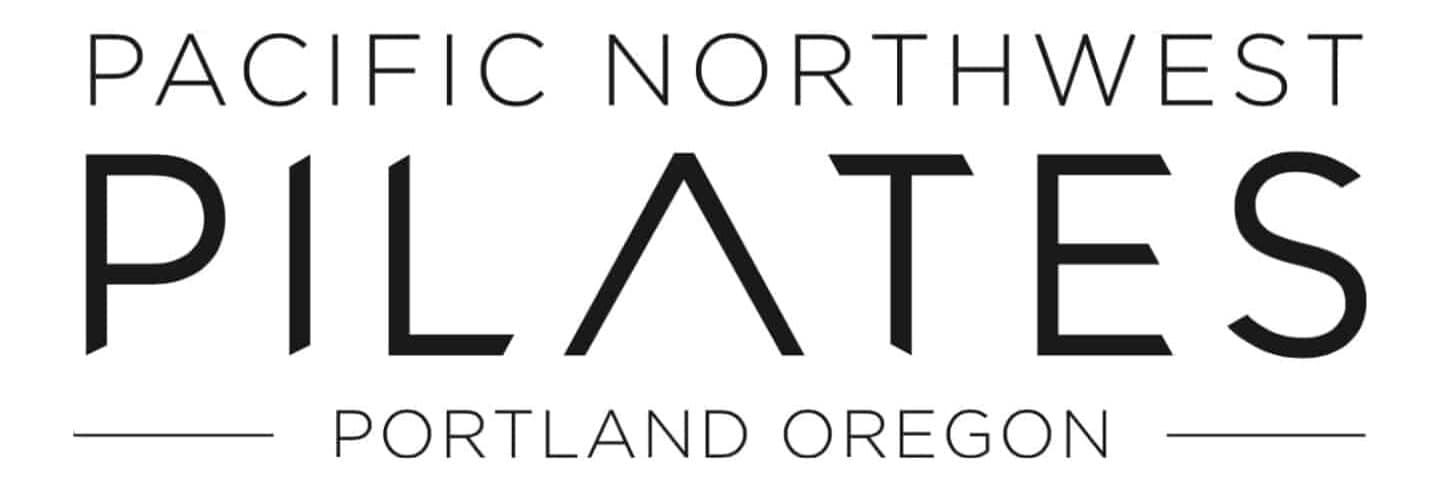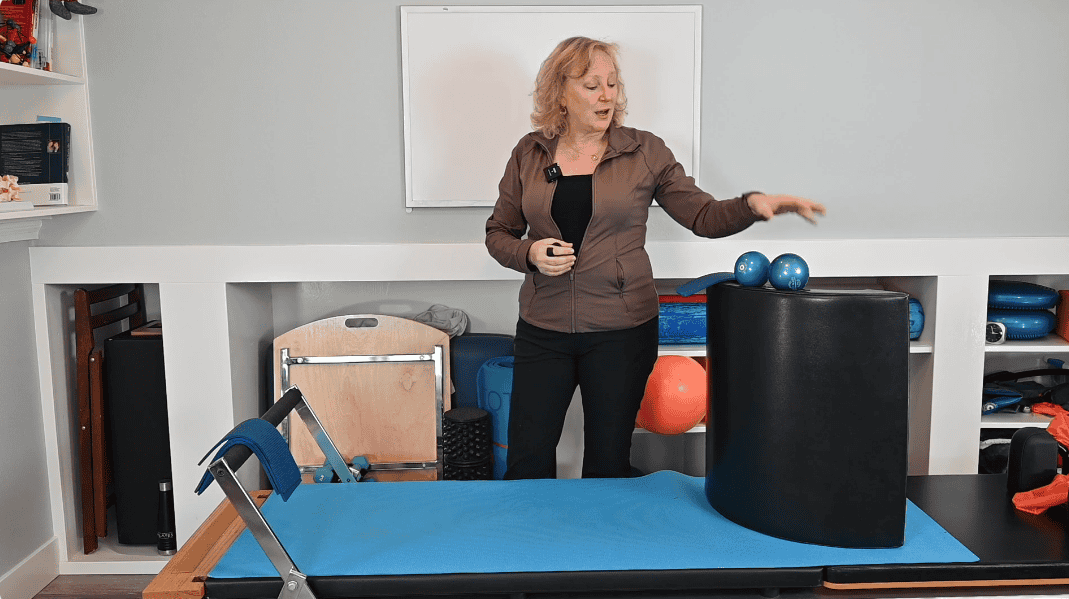In the video, Melanie explains that movement professionals will almost certainly encounter clients with arthritis—ranging from those struggling with fine motor skills like a pincer grip to athletes managing chronic joint pain. She emphasizes a key principle: use a wider grip and avoid ulnar deviation or loading the hand in that alignment. That pattern, Melanie notes, often becomes progressively more problematic. She’s frequently asked: “How do I help a client do activities on the reformer with hand arthritis? Should the thumb go around the bar or stay with the fingers?” Her advice is to encourage a softer, wider grasp. A simple tool—like a cut-up yoga mat wrapped around the bar—can cushion the hand and increase its width for comfort.
Melanie also highlights the importance of shifting more body weight into the legs, which allows clients to work on scapular isolation while minimizing stress on the hands. Over time, as clients strengthen their shoulders and core, they often discover they can bear more load through their hands as well.
When it comes to thumb placement, Melanie shares her personal preference: keeping the thumb with the fingers when gripping the bar. But she reminds instructors that the real priority is maintaining strength and power in the grasp. The best choice, she says, is always the one that suits the client’s unique hand and situation.

